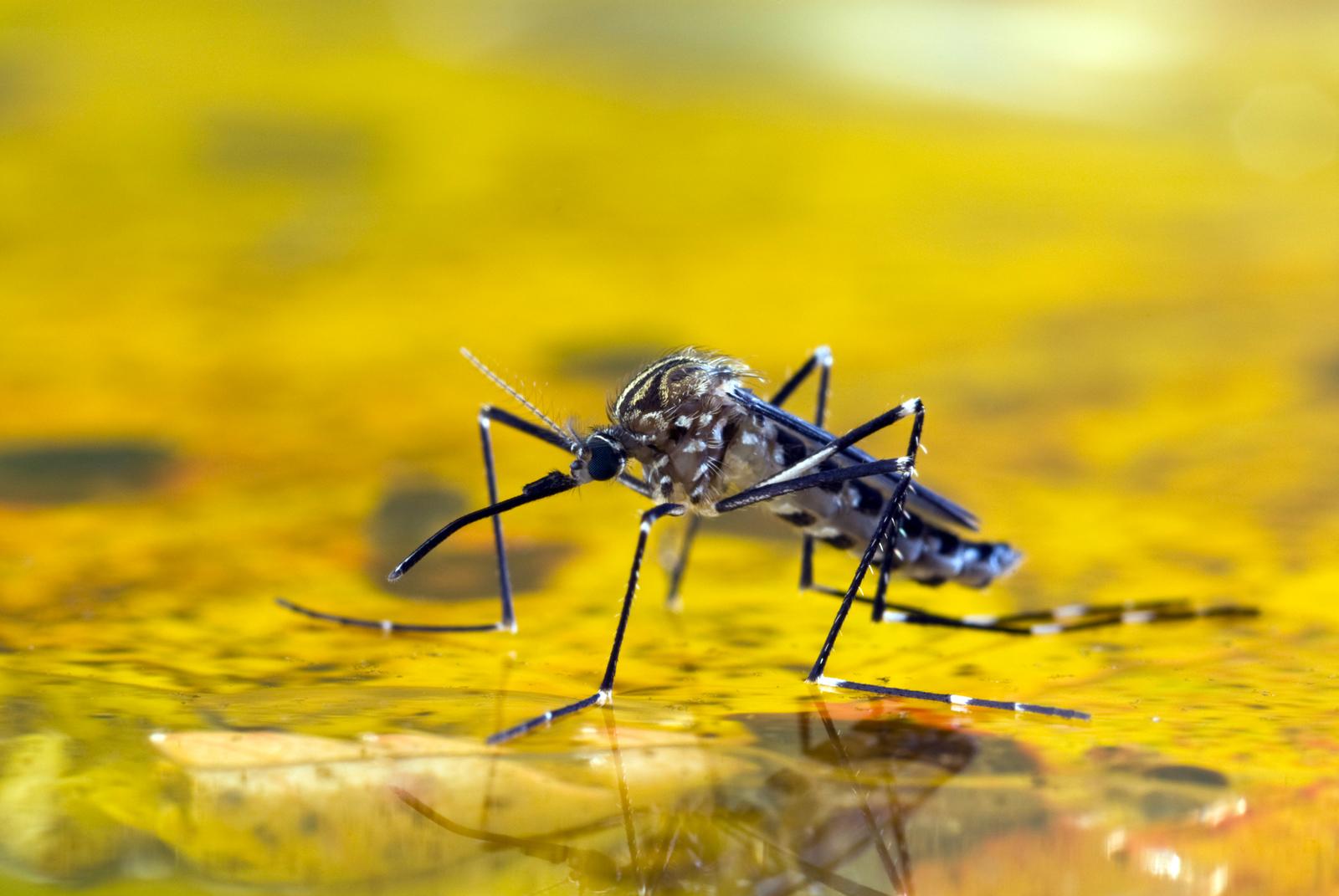Arizona is known to house some of the most diverse insect, bird, and reptile life in the country. However, the most noxious of all the Arizona wildlife can hardly be seen. Yes, mosquitos- those bloodthirsty, annoying pests. But while we attribute their only vice as an itchy bite, they can actually pose a very serious threat.
Why Mosquitoes Thrive in Arizona
Wait. Aren’t mosquitoes primarily near swamps and thrive in humid climates? Last we checked, Arizona isn’t known for swamps and the desert climate is anything but humid. Think again. There are 40 different species of mosquitoes in Arizona with 7 species known for spreading deadly diseases. Because of the warm climate- paired with monsoon season- Arizona is the perfect petri dish for breeding and sustaining mosquitoes.
Although mosquitoes are at their most petulant peak March-October, most parts of Arizona have mosquitoes year round. Mostly due to the fact that these areas don’t get cold enough for a long period of time. In these places, bodies of water typically warm up under the sun for a few hours each day- creating a perfect environment for mosquito breeding.
Even Arizona cities at higher elevation can see mosquitoes year round. Larvae that winter over in frozen pools can reactivate when the weather warms up. Some species can survive seasons as eggs, without rain or water. When there is a lack of rain, these eggs can survive thanks to irrigation practices.
Are Mosquitoes Really That Harmful?
Not all mosquitoes pose a threat beyond an itchy bump or two. But there are at least 7 species that have been identified by the Arizona Department of Health Services that may carry the West Nile Virus.
- Western encephalitis mosquito, Culex tarsalis
- Southern house mosquito, Culex quinquefasciatus
- Yellow fever mosquito, Aedes aegypti
- Western malaria mosquito, Anopheles hermsi
- Inland floodwater mosquito, Aedes vexans
- Dark rice field mosquito, Psorophora columbiae
- Asian tiger mosquito, Aedes albopictus
What is West Nile Virus and Is It Common?
West Nile is a type of RNA virus that causes West Nile fever in humans, other animals and birds. Its preferred hosts are birds and mosquitoes, and it is most commonly transmitted by Culex mosquitoes that feed on infected birds like crows, ravens and jays. And it is more common than you think.
With a heavy monsoon season, Arizona sees a rise in West Nile cases. In 2021 alone, there were over 220 reported West Nile cases- with 19 associated deaths.
What Can I Do to Protect Against Mosquitoes?
1) Be generous with the mosquito repellant
Lather on that mosquito repellant. Especially at dawn and dusk. Make sure it is EPA registered and includes DEET, picardin, or oil of lemon eucalyptus.
2) Keep your bits that get bit, covered (optional)
3) Or- Cover Up
When possible, wear a long sleeve shirt and pants. Be aware- some mosquitoes can actually bite through clothing, so adding on a layer of aforementioned mosquito repellant over your clothes is a must.
4) Drain The Swamp
What’s stagnant, smelly and the perfect breeding ground for pests? No, not congress, standing water!
OR- There is nothing mosquitoes love more than stagnant water. In fact, standing water is where the mosquitoes’ life cycle begins. Female’s search for tepid water to lay thousands of eggs- waiting to hatch and become your new house guest. Remove all standing water- including water in flower pots, gutters, buckets, pool covers, pet water dishes, discarded tires, and birdbaths etc.
5) Defense is the best offense
6) OR Guarantee your home is mosquito free
To truly ensure your home is mosquito free, Panda Pest Control offers professional mosquito treatments for your home. Our Pest Control Pros target the areas where mosquitoes live and breed by fogging all landscaping areas around your property. Our pest control formulas are safe and eco friendly, making this process safe for you and your family.


